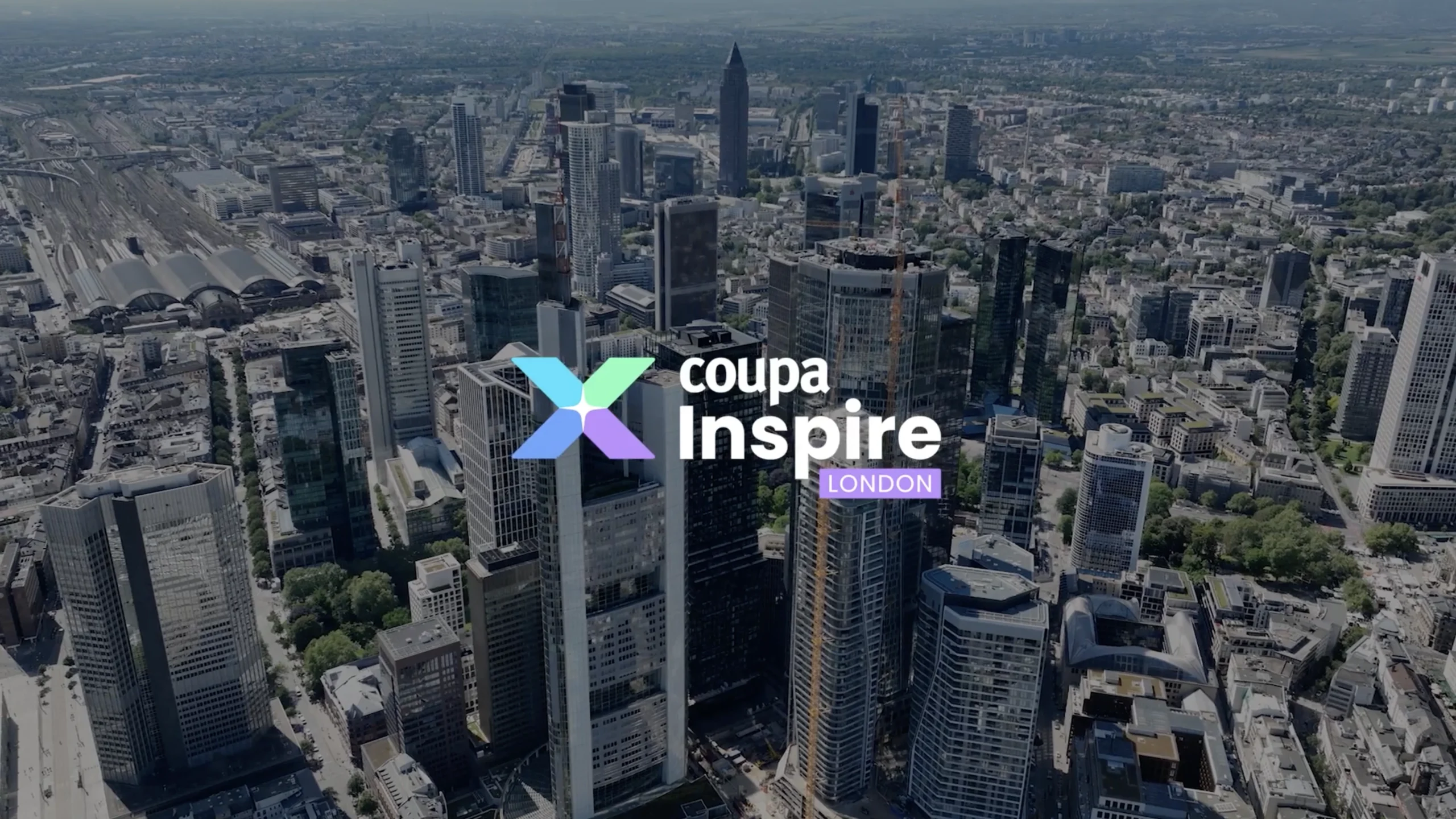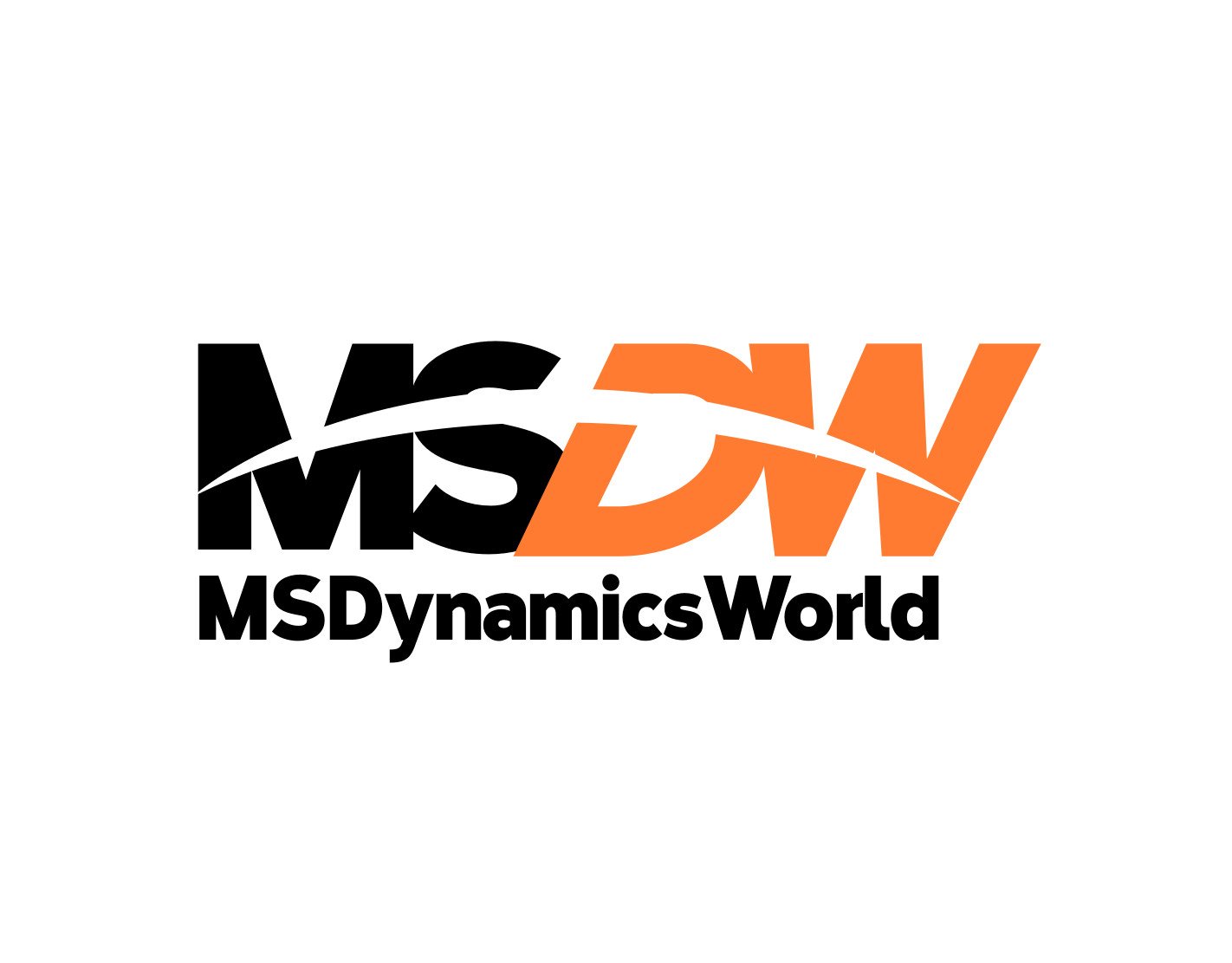Business
How HubSpot Aims To Win In AI With Supercharged…

Marketing software maker HubSpot at its annual Inbound customer conference on Wednesday will launch new artificial intelligence tools and agents. As with many software companies, the revenue impact from generative AI remains to be seen for HubSpot as its platform strategy evolves. Meanwhile, HubSpot stock has been struggling.
Adding customer data management capabilities to its platform has been a focus of HubSpot. At Inbound, the company will unveil a new data hub and more goal-oriented AI agents directed at marketing, sales and customer service.
HubSpot’s AI strategy focuses in part on “context,” helping customers use proprietary business data in a controlled way to build AI agent apps. At Inbound, HubSpot also will highlight hybrid AI workforces. According to the Cambridge, Mass.-based firm, a hybrid human-AI team is only as good as the data that powers it.
Meanwhile, HubSpot’s AI pricing strategy has been evolving. Like many software makers, HubSpot includes AI tools and agents for free in per-seat licenses. In June, though, HubSpot began charging users of Customer Agent consumption-based fees based on credit usage.
Also, HubSpot recently released a “deep research” connector for OpenAI’s ChatGPT — a natural language tool that lets ChatGPT analyze customer data.
In an interview, Head of Product Karen Ng talked about the software maker’s strategy.
HubSpot Stock: Inbound AI News
IBD: What’s HubSpot’s AI message to customers at Inbound this year?
Ng: What we want to do is help our customers through the AI era and we believe in hybrid teams — humans and (AI) agents. And so we think of our product strategy that way: To create the best hybrid team requires (data) context. That’s why we’re investing so much in creating context. It requires giving people tools to help them unlock creativity and personal reach and it requires giving them a set of tools that help humans be supercharged with AI and agents.
IBD: On Wall Street there seems to be concern about per-seat business models if productivity gains lead to fewer employees.
Ng: Our philosophy stays really the same as it always has been, which is we’ll focus first on value before monetizing. So we focus on value in our agents before we move to monetizing it. Customer Agent is one of our flagship agents. It resolves over 50% of support tickets today. In June, we moved to monetizing that through (consumption) credits and work that is done. The more you use (Customer Agent), the more it helps resolve support tickets, the more value it adds.
So you can think of our pricing model right now as hybrid. We still have a seats model and those seats have different tiers, and then we have a credit consumption model on top of each of the seats.
IBD: Do you expect HubSpot to stick with a hybrid model or at some point lean more consumption-based?
Ng: We recognize that from a seats model perspective, you may change the number of seats you have as AI causes more productivity with teams. Our monetization is tied directly to the value we deliver, and so there’s really no ceiling there. One other thing I’ll add is that especially in the world of AI, the concept of user permissions and what an agent is allowed to see is incredibly important. Trust is kind of at the heart of our AI strategy.
We believe in a hybrid approach. There is something we call personal AI, and that is the ability to supercharge human work. It is an assistant that kind of helps and supercharges humans today. That Breeze assistant is included in every one of our seats. That assistant can do a lot of different kinds of work. So, for example, being able to create a workflow in a natural language. We are still exploring how we translate that as value when AI augments humans.
Connecting To ChatGPT
IBD: HubSpot recently announced “connectors” into ChatGPT as well as Claude. What does that accomplish?
Ng: ChatGPT itself has over 700 million users. That is nearly 10% of global humanity, and now HubSpot is kind of a default connector in ChatGPT for everyone available to use. However, it requires a seat, because we want to respect user permissions (to access data). As long as you have permissions to access (data), which is done through a seat (license), you can use the connectors. We’ve seen over 20,000 users connect to ChatGPT.
IBD: On Wall Street there also seems to be a feeling that OpenAI, Anthropic and other AI companies are going to emerge as competitors in the enterprise market against software incumbents. Do you see that happening?
Ng: I do not see them as direct competitors. I believe that as in every tech disruption, it’s possible that they will come into different spaces, and we see that even with the verticals that they do. But it is a platform and operating system shift more so than a direct competitor.
HubSpot Stock Analysis
Meanwhile, HubSpot stock has retreated 32% in 2025.
HubSpot’s IBD Composite Rating is 53 out of a best-possible 99, according to IBD Stock Checkup. The best stocks tend to have a Composite Rating of 90 or better.
In addition, HubSpot stock has an Accumulation/Distribution Rating of E. The rating analyzes price and volume changes in a stock over the past 13 weeks of trading. On an A+ to E scale, the rating measures institutional buying and selling in a stock. E means heavy selling.
Follow Reinhardt Krause on X, formerly Twitter, @reinhardtk_tech for updates on artificial intelligence, cybersecurity and cloud computing.
Business
Samsung’s Dual Challenge: Foldables Face Android Onslaught as Chip Business Navigates AI Boom and Foundry Woes
Samsung Electronics (005930.KS) finds itself at a pivotal juncture, navigating intense competition and dynamic market shifts across its crucial mobile and semiconductor divisions. The recent launch of its highly anticipated Galaxy Z Fold 7 is poised to test the company’s innovation prowess in the burgeoning foldable smartphone segment, while its dominant semiconductor business grapples with a rebound in memory prices alongside significant challenges in its foundry operations and fierce rivalry in high-bandwidth memory (HBM).
As the global technology landscape continues to evolve, Samsung’s ability to capitalize on the growing demand for AI-driven devices and maintain its leadership in core markets will be critical. Investors and industry observers are closely watching how the South Korean giant strategizes to fend off intensifying competition in the Android ecosystem and overcome manufacturing hurdles in its advanced chipmaking processes, all of which will profoundly impact its stock performance and long-term trajectory.
Galaxy Z Fold 7 Arrives Amidst a Shifting Semiconductor Landscape
The technology world recently witnessed the unveiling of Samsung’s latest foldable flagship, the Galaxy Z Fold 7, launched in July 2025. This highly anticipated device represents Samsung’s continued commitment to innovating within the premium smartphone market, aiming to solidify its leadership in the foldable segment where it currently commands a substantial 62% market share. The Z Fold 7 introduces a slimmer, lighter design, an expanded cover screen, an 8-inch main display, and integrates advanced Galaxy AI features powered by a customized Snapdragon 8 Elite chip. This launch is critical as Samsung seeks to differentiate itself in an increasingly crowded Android market, where rivals are aggressively adopting AI and pushing innovative form factors.
Simultaneously, Samsung’s colossal semiconductor division is undergoing a significant transformation. After a challenging period, the Device Solutions (DS) division returned to profitability in Q1 2025, primarily driven by a robust rebound in memory chip prices and surging demand for AI-specific memory solutions. In 2024, Samsung reclaimed its position as the world’s top semiconductor supplier by revenue. This resurgence is vital, as the semiconductor business alone contributed nearly half of Samsung’s total revenue in 2024. The company’s strategic pivot towards high-value memory products, particularly those catering to AI infrastructure, has been a key catalyst in this recovery.
However, the path forward is not without its obstacles. While memory sales are strong, Samsung’s foundry segment faces an uphill battle. Its market share in chip manufacturing declined from 9.1% in Q4 2024 to 7.7% in Q1 2025, widening the gap with industry leader TSMC (67.6% in Q1 2025). This decline is attributed to lower-than-expected yield rates for its cutting-edge 3nm and 2nm processes, leading to a loss of orders from major clients. Compounding this, Samsung is locked in an intense rivalry with SK Hynix (000660.KS) in the high-bandwidth memory (HBM) market, crucial for powering AI servers. SK Hynix surpassed Samsung in DRAM market share in Q1 2025, largely due to its dominance in HBM chips. Samsung is actively working to improve its 2nm process yields and is striving to secure supply deals for its HBM chips with key AI players like Nvidia (NVDA).
Winners and Losers in the Tech Tug-of-War
The current market dynamics present a mixed bag of opportunities and challenges for various players within the tech ecosystem, with Samsung Electronics (005930.KS) at the epicenter. On the winning side, Samsung itself stands to benefit significantly from the successful market reception of the Galaxy Z Fold 7. Increased production plans for the device signal strong internal confidence, and if the device resonates with consumers, it will reinforce Samsung’s premium brand image and innovative edge in the foldable segment. Furthermore, the robust rebound in its memory chip business, particularly for DRAM and NAND, driven by AI demand, is a major positive, directly boosting its Device Solutions division’s profitability. Its ability to secure a substantial chip manufacturing contract (2025-2033) despite foundry challenges also indicates long-term confidence from some clients.
However, Samsung faces considerable pressure. In the semiconductor arena, TSMC (TSM) continues to consolidate its position as the undisputed leader in advanced foundry services. Samsung’s struggles with 3nm and 2nm yield rates directly translate into market share gains for TSMC, which boasts superior manufacturing capabilities and a more established client base for cutting-edge nodes. In the critical High-Bandwidth Memory (HBM) market, SK Hynix (000660.KS) has emerged as a clear winner, taking the lead in DRAM market share thanks to its early dominance in HBM chips for AI applications. This puts Samsung in a challenging position, as it plays catch-up to secure its share of the burgeoning HBM market, an essential component for the AI revolution.
On the mobile front, while Samsung leads, the intensifying Android competition means other players are vying for market share. Xiaomi (1810.HK), Vivo, Transsion, and Oppo continue to capture significant portions of the global smartphone market, particularly in developing regions. These companies often offer compelling devices at competitive price points, putting pressure on Samsung’s overall volume share. Even in the premium segment, Google (GOOGL) with its Pixel line, and especially the rumored entry of Apple (AAPL) into the foldable market, could pose a substantial threat to Samsung’s early mover advantage and market dominance in foldables. If Apple enters, it could fundamentally shift consumer perceptions and demand within the high-end foldable segment, creating a new and formidable rival for Samsung.
Industry Impact and Broader Implications
Samsung’s current trajectory, marked by innovation in mobile and a recovering but complex semiconductor business, reflects and amplifies several broader industry trends. The most prominent is the pervasive influence of Artificial Intelligence (AI) across all segments of technology. The surge in demand for AI-capable devices and high-bandwidth memory chips is a primary driver for Samsung’s semiconductor recovery and informs its mobile strategy with features like Galaxy AI. This trend indicates a fundamental shift in computing, where processing power and specialized memory for AI will be key differentiators. Competitors are rapidly integrating AI, suggesting that future device success will heavily rely on seamless, powerful AI capabilities, pushing innovation cycles further.
This event also highlights the increasing premiumization of the smartphone market, particularly the rise of foldable devices. Samsung’s continued investment in the Galaxy Z Fold series demonstrates confidence in this niche, which is projected for accelerated growth. However, this premiumization also intensifies competition at the high end. The rumored entry of Apple into the foldable market would not only validate the segment but also profoundly reshape its competitive landscape, forcing all players, including Samsung, to innovate more aggressively to maintain market share and pricing power. The push for thinner, lighter designs, larger screens, and integrated AI features underscores the battle for differentiation in a mature smartphone market.
From a semiconductor perspective, the challenges faced by Samsung’s foundry business underscore the immense technical complexity and capital intensity of leading-edge chip manufacturing. The struggles with 3nm and 2nm yield rates are not isolated to Samsung; they represent the hurdles all foundries face in pushing the boundaries of Moore’s Law. This situation reinforces TSMC’s formidable lead and suggests that achieving parity in advanced nodes will require sustained, massive investment and engineering breakthroughs. Furthermore, the HBM rivalry between Samsung and SK Hynix reveals a critical bottleneck in the AI supply chain. Whichever company can consistently deliver high-yield, high-performance HBM chips will gain a significant strategic advantage in supplying the burgeoning AI server market, potentially influencing the pace of AI development globally. Regulatory or policy implications could arise if one or two players gain too much dominance in these critical component markets, prompting governments to consider strategies for supply chain diversification. Historically, similar battles for technological supremacy, such as the DRAM wars of the 1980s and 90s, have often led to consolidation and shifts in global economic power.
What Comes Next
Looking ahead, Samsung Electronics (005930.KS) faces a dynamic period that will require strategic agility and flawless execution across its diverse business units. In the short term, the market’s reception of the Galaxy Z Fold 7 will be crucial. A strong sales performance could provide immediate uplift to its mobile division and reinforce investor confidence in its premium segment strategy. The company is already rumored to be considering a “wide-type” foldable in 2026, possibly in anticipation of Apple’s entry, indicating an ongoing commitment to evolving its foldable lineup. Simultaneously, Samsung’s semiconductor division must demonstrate continued improvement in its memory business, especially by increasing its share and yield in the critical HBM market, potentially through securing supply deals with major AI chip designers like Nvidia (NVDA). Efforts to improve 2nm process yield, targeting 60% by late 2025, are paramount for regaining foundry credibility and attracting lost orders.
In the long term, Samsung’s success hinges on its ability to leverage its unique strengths across its vast ecosystem. This includes seamless integration of its semiconductor, display, and mobile divisions to create truly differentiated products. Strategic pivots might include further vertical integration to control more of the AI supply chain, from chip design and manufacturing to device-level AI implementation. There are significant market opportunities in the broader semiconductor market, which is projected for robust growth of over 11% in 2025 and 8.5% in 2026, driven by AI, cloud, and advanced consumer electronics. However, challenges persist, particularly in overcoming the foundry yield issues and maintaining competitiveness against SK Hynix (000660.KS) in HBM. Potential scenarios include Samsung either solidifying its position as a holistic tech leader through integrated innovation or facing continued pressure in specific component markets if its manufacturing hurdles persist.
The strategic importance of AI cannot be overstated. Samsung will need to continue investing heavily in AI research and development, not just for its Galaxy AI features but also for its semiconductor design and manufacturing processes. Collaborative efforts with ecosystem partners, including software developers and other hardware manufacturers, will also be key to building a robust AI platform that can compete with rival offerings. The company’s ability to adapt its supply chain, secure critical materials, and navigate geopolitical complexities will also play a significant role in its future trajectory.
A Comprehensive Wrap-Up
Samsung Electronics finds itself at a defining moment, balancing the promise of its innovative mobile devices with the formidable challenges and opportunities within its core semiconductor business. The launch of the Galaxy Z Fold 7 underscores the company’s commitment to leading the premium, foldable smartphone segment, offering a beacon of innovation in an otherwise maturing market. However, this push for mobile differentiation occurs against a backdrop of aggressive competition in the Android ecosystem, where every major player is now vying for market share with increasingly sophisticated, AI-enhanced devices.
The true lynchpin of Samsung’s future performance lies within its semiconductor division. While the memory business is experiencing a significant and welcome rebound, fueled by insatiable demand for AI-related chips, its foundry operations face an uphill battle. Yield rate issues for advanced nodes present a critical obstacle to regaining market share from industry behemoth TSMC (TSM). Simultaneously, the fierce rivalry with SK Hynix (000660.KS) in the high-bandwidth memory (HBM) market highlights a critical arena where leadership will determine who powers the next generation of AI.
Moving forward, investors should closely monitor several key indicators. The sales performance and market reception of the Galaxy Z Fold 7 and subsequent foldable iterations will signal the strength of Samsung’s mobile innovation. More importantly, the company’s progress in improving foundry yield rates for 3nm and 2nm processes, along with its ability to secure substantial HBM supply contracts, will be crucial. These semiconductor milestones will directly impact its profitability and long-term standing in the global tech hierarchy. Samsung’s ability to synergize its hardware prowess with cutting-edge AI software and overcome manufacturing hurdles will ultimately determine its sustained leadership and lasting impact on the market in the coming months and years.
Business
Coupa’s London Stop Charts the Future of Business Agility

Coupa’s Global Executive Summit Promo
Discover the value of margin multipliers with Coupa at our Executive Summits. Join leaders in finance, procurement, IT, and supply chain management to explore how Coupa’s solutions can transform total spend management. Gain insights into industry benchmarks, key procurement and finance priorities, and the latest trends in AI adoption and growth. Connect with top executives…
Business
AI Business Solutions Partner Show, September 2025: Maximizing SMB Sales with Microsoft’s Eric Fink

Each month, MSDW and PartnerTalks, in collaboration with the channel experts at TD Synnex, will be holding a one-hour interactive community call for Microsoft partners focused on AI Business Solutions.
During the first part of the call, we will present and discuss upfront channel-focused news including the latest announcements, recent promotions, and relevant product and/or license changes.
The second part will be dedicated to a specific topic and feature subject matter experts. This month’s featured guest will be Microsoft channel sales manager for SMB Eric Fink. Eric will share his latest guidance on how partners can get the best results from Microsoft’s FY26 sales tools and incentives.
-

 Business2 weeks ago
Business2 weeks agoThe Guardian view on Trump and the Fed: independence is no substitute for accountability | Editorial
-
Tools & Platforms1 month ago
Building Trust in Military AI Starts with Opening the Black Box – War on the Rocks
-

 Ethics & Policy2 months ago
Ethics & Policy2 months agoSDAIA Supports Saudi Arabia’s Leadership in Shaping Global AI Ethics, Policy, and Research – وكالة الأنباء السعودية
-

 Events & Conferences4 months ago
Events & Conferences4 months agoJourney to 1000 models: Scaling Instagram’s recommendation system
-

 Jobs & Careers2 months ago
Jobs & Careers2 months agoMumbai-based Perplexity Alternative Has 60k+ Users Without Funding
-

 Podcasts & Talks2 months ago
Podcasts & Talks2 months agoHappy 4th of July! 🎆 Made with Veo 3 in Gemini
-

 Education2 months ago
Education2 months agoVEX Robotics launches AI-powered classroom robotics system
-

 Education2 months ago
Education2 months agoMacron says UK and France have duty to tackle illegal migration ‘with humanity, solidarity and firmness’ – UK politics live | Politics
-

 Funding & Business2 months ago
Funding & Business2 months agoKayak and Expedia race to build AI travel agents that turn social posts into itineraries
-

 Podcasts & Talks2 months ago
Podcasts & Talks2 months agoOpenAI 🤝 @teamganassi





















